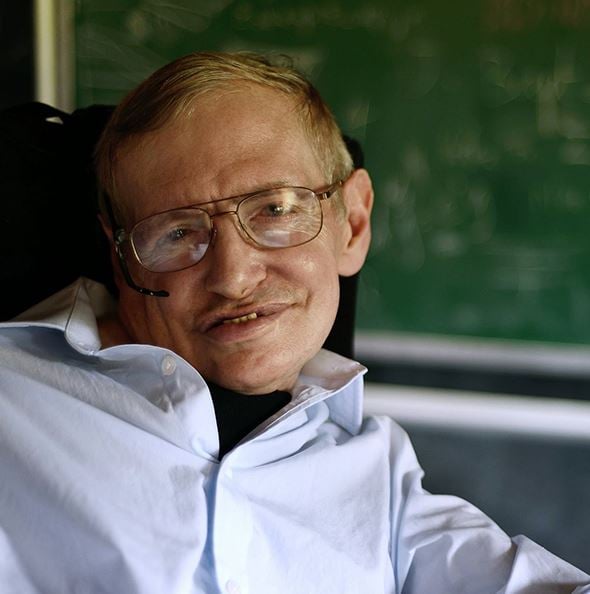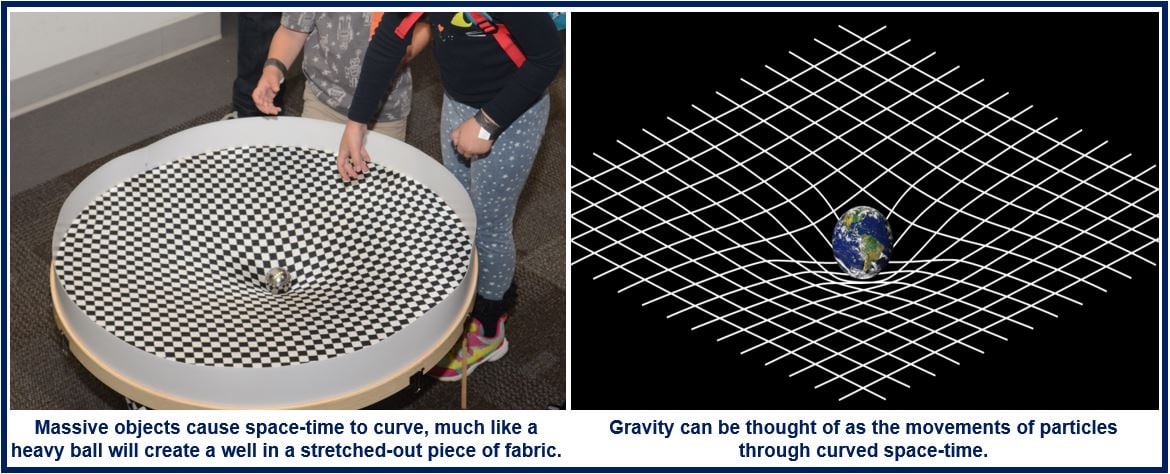Eminent theoretical physicists Professor Stephen Hawking says ‘I was right [in 1970]’ following the discovery of gravitational waves that was announced on Thursday, 11th February, 2016. He believes the discovery will ‘revolutionise astronomy’ and congratulated scientists on their ‘incredible achievement’.
Prof. Hawking said the observed properties in this groundbreaking discovery were consistent with his predictions regarding black holes made in Cambridge in 1970.
In an interview with the BBC, Prof. Hawking said:
“Gravitational waves provide a completely new way of looking at the universe. The ability to detect them has the potential to revolutionise astronomy. This discovery is the first detection of a black hole binary system and the first observation of black holes merging.”
 Prof. Hawking posted the following message on Facebook: “My congratulations to the LIGO team on their discovery of gravitational waves. It is a result that is at least as important as the discovery of the Higgs Boson. It includes the first observation of gravitational waves, and of two black holes colliding and merging. With LIGO’s increased sensitivity, we can expect many more detections, all improving our knowledge about how the universe works.” (Image: Facebook)
Prof. Hawking posted the following message on Facebook: “My congratulations to the LIGO team on their discovery of gravitational waves. It is a result that is at least as important as the discovery of the Higgs Boson. It includes the first observation of gravitational waves, and of two black holes colliding and merging. With LIGO’s increased sensitivity, we can expect many more detections, all improving our knowledge about how the universe works.” (Image: Facebook)
The University of Cambridge quoted Prof. Hawking, director of its Department of Applied Mathematics and Theoretical Physics, as saying:
“The observed properties of this system is consistent with predictions about black holes that I made in 1970 here in Cambridge. The area of the final black hole is greater than the sum of the areas of the initial black holes as predicted by my black hole area theorem.”
Will we be able to ‘see’ black holes?
When asked what else could be discovered if researchers scanned for gravitational waves, he said that apart from testing general relativity, scientists might be able to see black holes throughout the history of the Universe.
He added that he wouldn’t be surprised if we even saw relics of the early Universe during the Big Bang “at the most extreme energies possible.”
Member of the discovery team, Professor Sheila Rowan, Director of the University of Glasgow’s Institute for Gravitational Research, said:
“This is a monumental leap forward for physics and astrophysics – taking Einstein’s predictions and turning them into an entirely new way to sense some of the most fascinating objects in our Universe.”
 Albert Einstein – the smartest guy in the room – predicted gravitational waves in his Theory of General Relativity. One hundred years later he was proved right. (Image: www.esa.int)
Albert Einstein – the smartest guy in the room – predicted gravitational waves in his Theory of General Relativity. One hundred years later he was proved right. (Image: www.esa.int)
Professor John Womersley, physicist and Chief Executive of the UK’s Science and Technology Facilities Council said regarding this momentous discovery:
“It has taken 100 years and the combined work of many hundreds of the cleverest scientists, engineers and mathematicians on Earth to prove that this key prediction of Albert Einstein is correct, and show that gravitational waves exist.”
“Of course Einstein was always the smartest guy in the room. Today’s results also remind us just how important the UK’s contribution to world leading science is – I’d certainly like to think that some of the smartest people on Earth today are living and working in the UK.”
Information on our Universe’s origin
Gravitational waves contain unique information regarding the origins of the Universe. Studying them is expected to provide major insights into the evolution of black holes, neutron stars, gamma-ray bursts, supernovae and stars in general.
The only problem is that they interact extremely weakly with particles, so ultra-sensitive equipment is required to detect them.
An international team of scientists, including experts from the UK, USA, France, Italy, Australia, Germany and several other nations make up the LIGO Scientific Collaboration and the VIRGO Collaboration, using a technique known as laser interferometry.
 Space time is very much like a stretched-out piece of fabric, when heavy objects are placed on it, it bends. (Image: asd.gsfc.nasa.gov)
Space time is very much like a stretched-out piece of fabric, when heavy objects are placed on it, it bends. (Image: asd.gsfc.nasa.gov)
What are gravitational waves?
Gravitational waves are ultra-faint ripples in the fabric of space and time (space-time) that come from some of the most cataclysmic events (incredibly huge explosions) in the Universe.
The gravitational waves recently discovered came from two black holes 1.3 billion light-years from Earth that crashed into each other and formed an incredibly large spinning black hole.
Imagine you hold a sheet (bedding linen) tightly at each corner and drop a marble in the middle – it will make the sheet sink a bit and create some ripples (you’ll have to look super-carefully to see them). Those ripples are similar to gravitational waves.
Space-time is the four-dimensional way astronomers and astrophysicists see the Universe. It blends the linear march of time (past-present-future) with the three dimensions of space.
Albert Einstein’s general theory of relativity explains gravity as the curvature of space-time. Imagine a very thick rubber sheet or thick, soft rubbery sponge. If you place balls on it, the material bends around them, similar to how matter bends space-time in its vicinity.
When small, super-dense objects like black holes or neutron stars collide, their enormous gravity causes space-time to compress or stretch.
Video – Gravitational waves made simple
This Mashable video explains in an easy-to-understand way what gravitational waves are.
